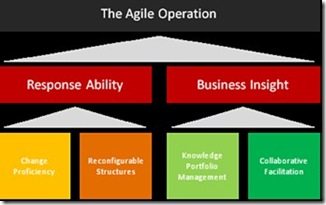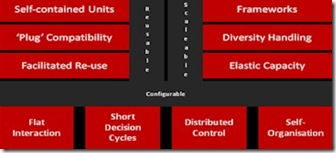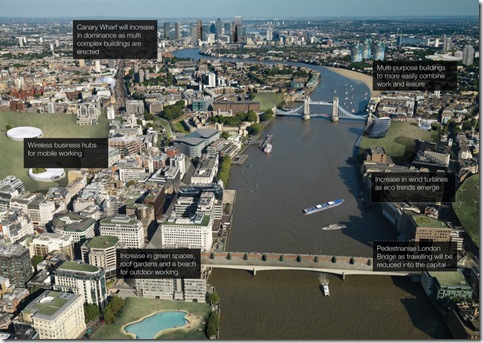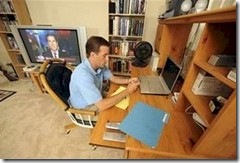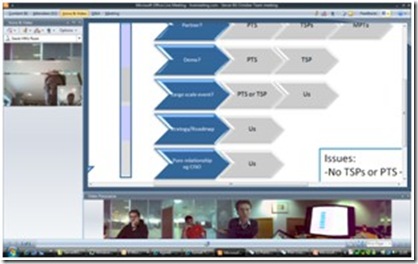
Bill Gates also used to comment that the power of the Internet was not in doing the same stuff in a different way (ie. taking orders over the web versus taking them by phone), but rather the interesting stuff was doing those things that you wouldn’t otherwise have been able to do without the capability. Reaching customers you wouldn’t have otherwise have reached, offering them something that you wouldn’t have otherwise been able to offer, processing the order in a way that you wouldn’t have otherwise have been able to do.
Recently, my Microsoft team embarked on a bold new way of having team meetings through unified communication technology. We used Microsoft’s Live Meeting combined with its Roundtable device to hold a remote virtual meeting. The approach certainly presented some challenges to how to conduct such a meeting. How manage the conversations, how to cope with network latency, how to get the best out of the technology.
But the bottom line was that the tools did allow us to do something we wouldn’t have otherwise been able to do. We were able to incorporate team members who would not have been able to be in the office itself that day (one had a doctor’s appointment for their ill child and another one was in Australia). Most importantly, on the day, many of us could have come into the office, but the only real reason was for the team meeting. This way we were able to have the meeting with out the expense, time and carbon footprint of the trip into the office.
The whole thing was a bit like a conference call on steroids. We could chat to each other, share presentations, all compose on a shared space and most importantly could all see each other on video. Yes, most of the time, it was just a ‘talking head’ looking not quite directly at the camera. But there is something about having someone’s face present that changes the whole feel of the interaction. It made it personal and ‘real’ and even a bit more enjoyable.
The meeting had its ups and downs, kind of like a person just learning how to drive a car and lurching forward in fits and starts. But at the end, 88% of the team categorised the meeting as ‘Some key learnings to make the next one better.’ And I think that that is the key here. What I used to say about the Internet to companies when it was just starting out was that it was critical for them to engage actively even though it then was quite immature. But, just as important as the maturity of the technology was the maturity of understanding it and its dynamics and how to make best use of it. That learning was best started early so that when it did become mainsteam (and it did become mainstream), then the company was ready and equipped to take advantage. I think the same dynamic applies to ‘live meetings’ and unified communications. Some day we will laugh at how rickety and unfamiliar things were today, but it will evolve into a business tool as central as a email, the mobile phone or wireless networking. And we will learn new skills to exploit it as we have with searching the web or hammering out texts. And with unprecedented pressures for costs savings, environmental conservation and family pressures, the demands for these new ways of working will accelerate very quickly.
Colleague Mark Deakin has a great list of ‘Top Ten Tips to Using Office Communicator’ for just such leading edge work and meeting modes.








